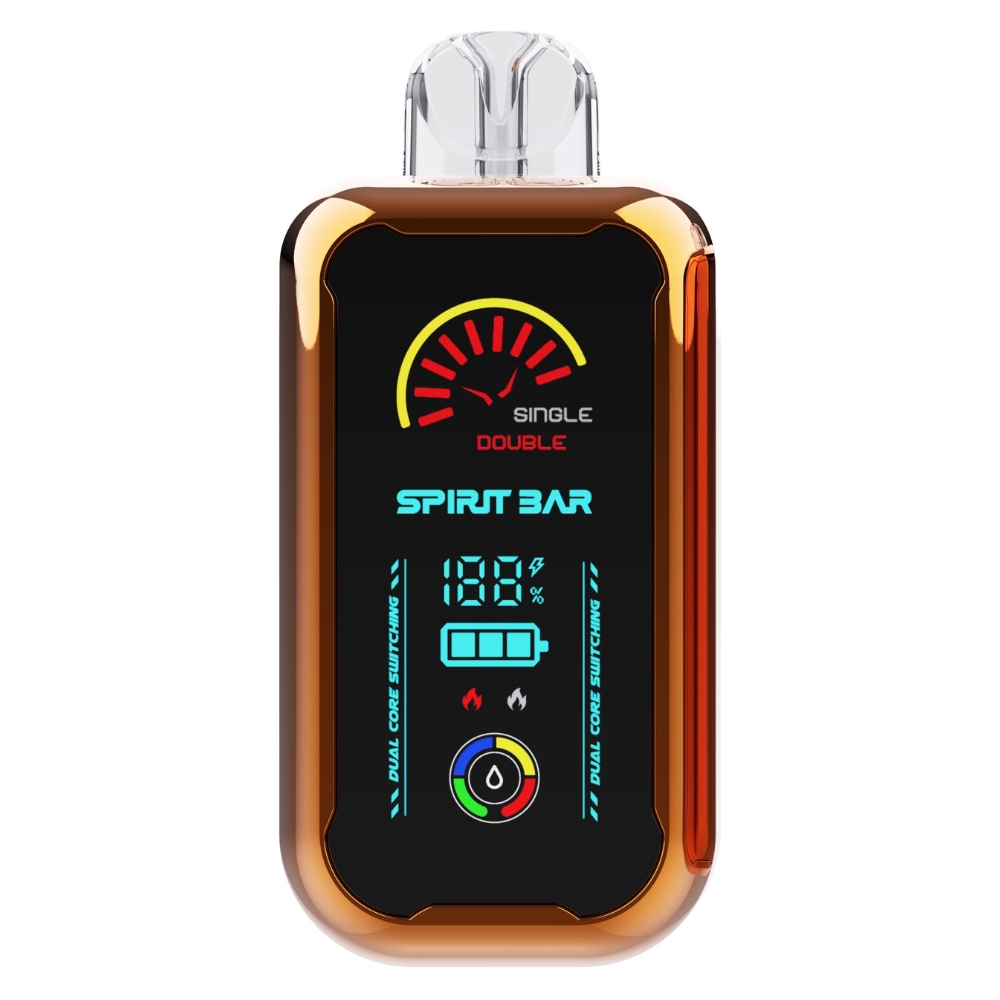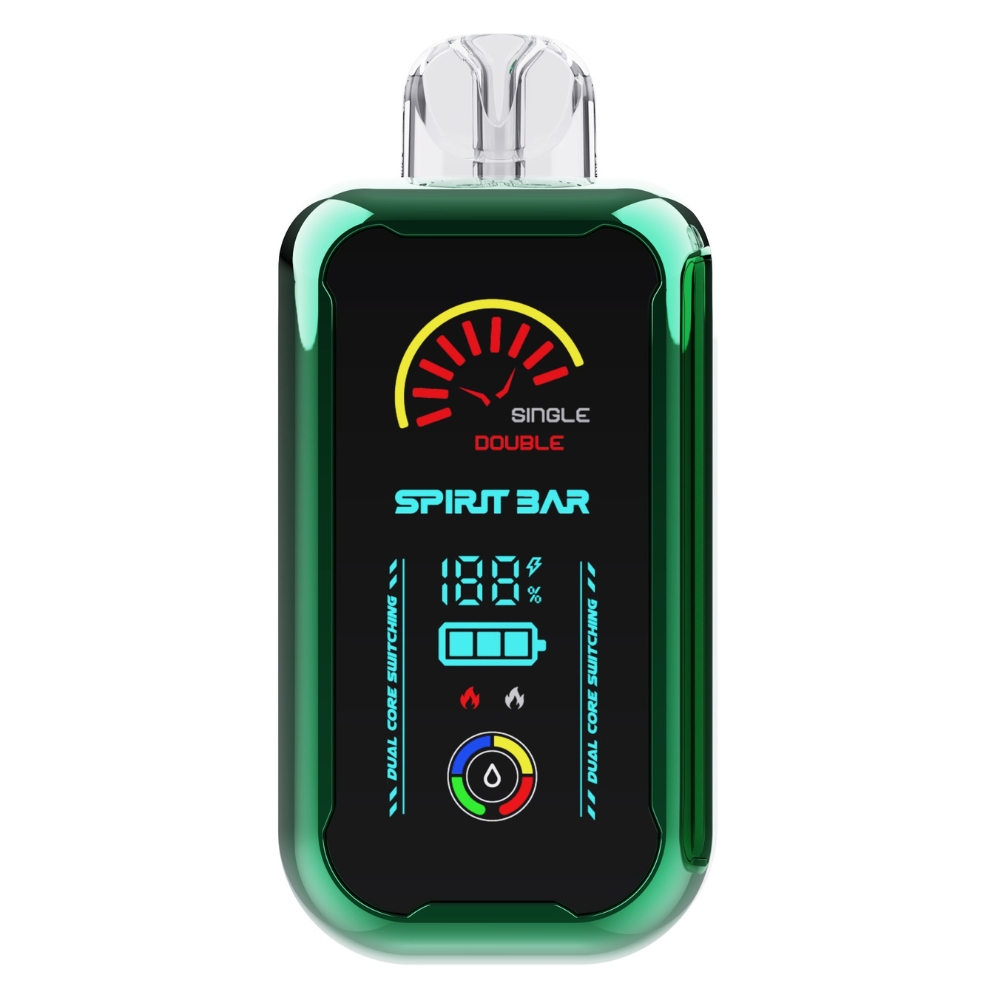Does Vaping Leave an Oily Residue? Here’s What You Need to Know
If you’re a vaper, you might have noticed a thin, oily film on your windows, mirrors, and other surfaces around your home. This residue is caused by the vapor produced by e-cigarettes, which contains glycerin and other substances that can leave a sticky, oily film on surfaces. While the residue is usually invisible, it can build up over time and become difficult to remove.
Many people wonder if vaping leaves an oily residue on their walls, furniture, and other surfaces. The short answer is yes, it can. The vapor produced by e-cigarettes contains glycerin, which is a thick, oily substance that can cling to surfaces and leave a sticky film. Over time, this film can accumulate and become difficult to remove, especially if you vape indoors on a regular basis.
What is Vaping?
Vaping is the act of inhaling and exhaling vapor produced by an electronic cigarette or similar device. These devices are also known as e-cigarettes, vape pens, or e-cigs. Vaping devices work by heating a liquid, called e-juice or vape juice, which typically contains nicotine, flavorings, and other chemicals, to create a vapor that can be inhaled.
Vaping has become increasingly popular in recent years, especially among young people. Many people use vaping as an alternative to smoking traditional cigarettes, believing that it is a safer and healthier option. However, the long-term health effects of vaping are not yet fully understood, and there is still much debate over whether or not vaping is truly a safe alternative to smoking.
One of the concerns surrounding vaping is the potential for it to leave a residue in the home. While vaping does not produce the same type of smoke as traditional cigarettes, it does still produce a vapor that can settle on surfaces and leave behind a residue. This residue can be sticky and difficult to clean, and it can also attract dust and other particles, making it even harder to remove.
Overall, while vaping may be a popular alternative to smoking, it is important to be aware of the potential for it to leave a residue in your home. If you do choose to vape, it is important to take steps to minimize the amount of vapor that is released into the air and to clean up any residue that may be left behind.
Understanding Oily Residue
https://www.youtube.com/watch?v=BDu5LaTUuSQ&embed=true
If you are a vaper, you might have noticed a thin, oily film on surfaces around your home. This residue is a result of the chemicals in e-liquids that are released into the air when you vape. The residue can be sticky and difficult to remove, and it can accumulate on surfaces over time.
The chemicals that cause oily residue are propylene glycol and glycerin. These chemicals are used in e-liquids to create the vapor that you inhale when you vape. When these chemicals are heated, they turn into a fine mist that you inhale. However, some of this mist settles on surfaces around your home, causing oily residue.
Oily residue can be unsightly and difficult to remove. It can also damage surfaces over time, especially if it is not cleaned up regularly. The residue can also attract dust and dirt, making surfaces look even dirtier.
To prevent oily residue, it is important to clean surfaces regularly. Use a damp cloth to wipe down surfaces, and use a cleaning solution if necessary. You can also use a vacuum cleaner to remove any dust or dirt that has accumulated on surfaces.
In addition to cleaning, you can also take steps to reduce the amount of vapor that is released into the air when you vape. For example, you can use a lower wattage setting on your device, or you can switch to a device that produces less vapor. You can also vape outside or in a well-ventilated area to reduce the amount of vapor that settles on surfaces.
Overall, oily residue is a common issue for vapers. However, with regular cleaning and a few simple steps, you can prevent and reduce the amount of residue that accumulates on surfaces around your home.
Does Vaping Leave an Oily Residue?
When you vape, you may notice a film or residue on surfaces around your home. This residue can be sticky and difficult to clean, which can be frustrating. But does vaping leave an oily residue? The answer is yes, it can.
Vaping involves heating a liquid, which then turns into a vapor that you inhale. This liquid contains a combination of ingredients, including propylene glycol, vegetable glycerin, flavorings, and nicotine. When you exhale this vapor, it can leave behind a residue on surfaces around your home.
The residue left behind by vaping is not the same as the residue left behind by smoking cigarettes. Cigarette smoke contains tar and other chemicals that can leave behind a yellowish-brown film on surfaces. Vaping residue, on the other hand, is usually clear or slightly yellow and can be oily to the touch.
The oily residue left behind by vaping can attract dust and dirt, making it more difficult to clean. It can also build up over time, making it more difficult to remove. To minimize the amount of residue left behind by vaping, you can try vaping near an open window or in a room with plenty of ventilation.
In conclusion, vaping can leave behind an oily residue on surfaces around your home. This residue can be difficult to clean and can build up over time. To minimize the amount of residue left behind, try vaping in a well-ventilated area.
Factors Influencing Oily Residue from Vaping
When it comes to vaping, the type of vape juice, vaping device, and technique can all contribute to the presence of oily residue. Here are a few factors to keep in mind:
Type of Vape Juice
The ingredients in your vape juice can affect whether or not you end up with oily residue. Some vape juices contain more vegetable glycerin (VG) than propylene glycol (PG), which can create a thicker, stickier vapor. This can lead to more residue buildup on surfaces.
Additionally, flavored vape juices may contain sweeteners or other additives that can leave behind a sticky residue. If you’re concerned about oily residue, consider using unflavored vape juice or a juice with a higher ratio of PG to VG.
Vaping Device and Technique
The type of vaping device you use can also play a role in oily residue buildup. Devices that produce more vapor or have larger coils may create more residue than smaller, less powerful devices.
Your vaping technique can also impact residue buildup. Taking longer, slower draws can create more vapor and potentially more residue. Additionally, holding vapor in your mouth before inhaling can contribute to residue buildup in your mouth and on your lips.
To minimize residue buildup, consider using a smaller, less powerful device and taking shorter, quicker draws. You can also try exhaling away from surfaces to prevent vapor from settling on nearby objects.
Remember, while oily residue from vaping can be unsightly, it’s generally not harmful to your health. If you’re concerned about residue buildup, try adjusting your vaping technique or using a different type of vape juice.
Effects of Oily Residue from Vaping
Vaping is a popular alternative to smoking, but it can have some negative effects on your environment and health. One of the most common issues associated with vaping is the oily residue it can leave behind. This residue can be unsightly and difficult to remove, potentially causing damage to the paint or wallpaper. In this section, we will explore the effects of oily residue from vaping on human health and the environment.
On Human Health
While there is not a lot of research on the long-term effects of vaping residue on human health, there are some potential risks to be aware of. The chemicals in vape juice, such as propylene glycol and glycerin, can create a sticky film that traps particles in the air. This residue can irritate the eyes, nose, and throat, and may exacerbate respiratory conditions like asthma. Additionally, the residue can attract dust and other allergens, which can further aggravate respiratory issues.
On Environment
The oily residue from vaping can also have negative effects on the environment. The residue can stain walls and furniture, and can be difficult to remove. This can lead to additional cleaning expenses and potentially damage to the surfaces. Additionally, the residue can attract dust and other allergens, which can affect indoor air quality. This can be especially problematic for people with respiratory issues or allergies.
Overall, it is important to be aware of the potential effects of oily residue from vaping on both human health and the environment. If you vape indoors, it is important to take steps to minimize the amount of residue that is left behind. This can include using air purifiers, opening windows, and cleaning surfaces regularly. By taking these steps, you can enjoy the benefits of vaping without the negative impacts on your health and environment.
Preventing Oily Residue from Vaping
https://www.youtube.com/watch?v=mygS7IeAi8o&embed=true
If you want to avoid oily residue from vaping, there are a few things you can do. Here are some tips:
Use a high-quality e-liquid
One of the main reasons why vaping can leave an oily residue is because of the ingredients in the e-liquid. Some e-liquids contain more glycerin or propylene glycol than others, which can increase the amount of residue left behind. Using a high-quality e-liquid can help reduce the amount of residue that is left behind.
Clean your vape device regularly
Another way to prevent oily residue from vaping is to clean your vape device regularly. This includes cleaning the tank, coil, and mouthpiece. Residue can build up over time, so it’s important to clean your device at least once a week.
Vape outdoors
If you’re concerned about residue building up in your home, consider vaping outdoors. This can help reduce the amount of residue that is left behind on your walls and furniture.
Be mindful of your vaping technique
Finally, be mindful of your vaping technique. Taking long, slow draws can increase the amount of residue that is left behind. Instead, try taking shorter draws and exhaling quickly. This can help reduce the amount of residue that is left behind.
By following these tips, you can help reduce the amount of oily residue that is left behind when you vape.


